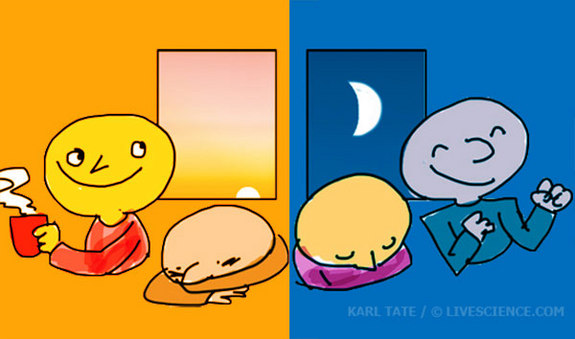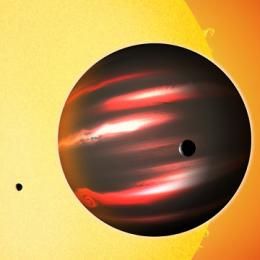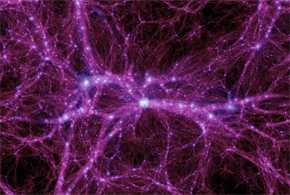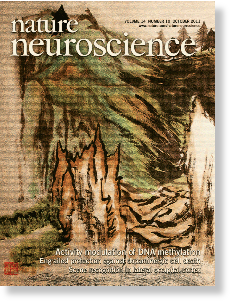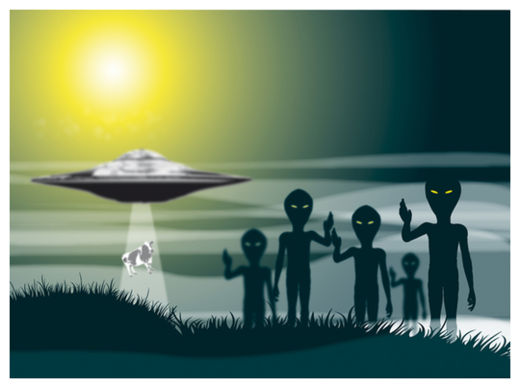
© DreamstimeAliens with UFO.
Orlando, Florida - The discovery of intelligent aliens would be mind-blowing in many respects, but it could present a special dilemma for the world's religions, theologians pondering interstellar travel concepts said Saturday (Oct. 1).
Christians, in particular, might take the news hardest, because the Christian belief system does not easily allow for other intelligent beings in the universe, Christian thinkers said at the
100 Year Starship Symposium, a meeting sponsored by the Defense Advanced Research Projects Agency (DARPA) to discuss issues surrounding traveling to other stars.
In other words, "Did Jesus die for Klingons too?" as philosophy professor Christian Weidemannof Germany's Ruhr-University Bochum titled his talk at a panel on the philosophical and religious
considerations of visiting other worlds."According to Christianity, an historic event some 2,000 years ago was supposed to save the whole of creation," Weidemann said. "You can grasp the conflict."
Here's how the debate goes: If the whole of creation includes 125 billion galaxies with hundreds of billions of stars in each, as astronomers think, then what if some of these stars have planets with advanced civilizations, too? Why would Jesus Christ have come to Earth, of all the inhabited planets in the universe, to save Earthlings and abandon the rest of God's creatures?
